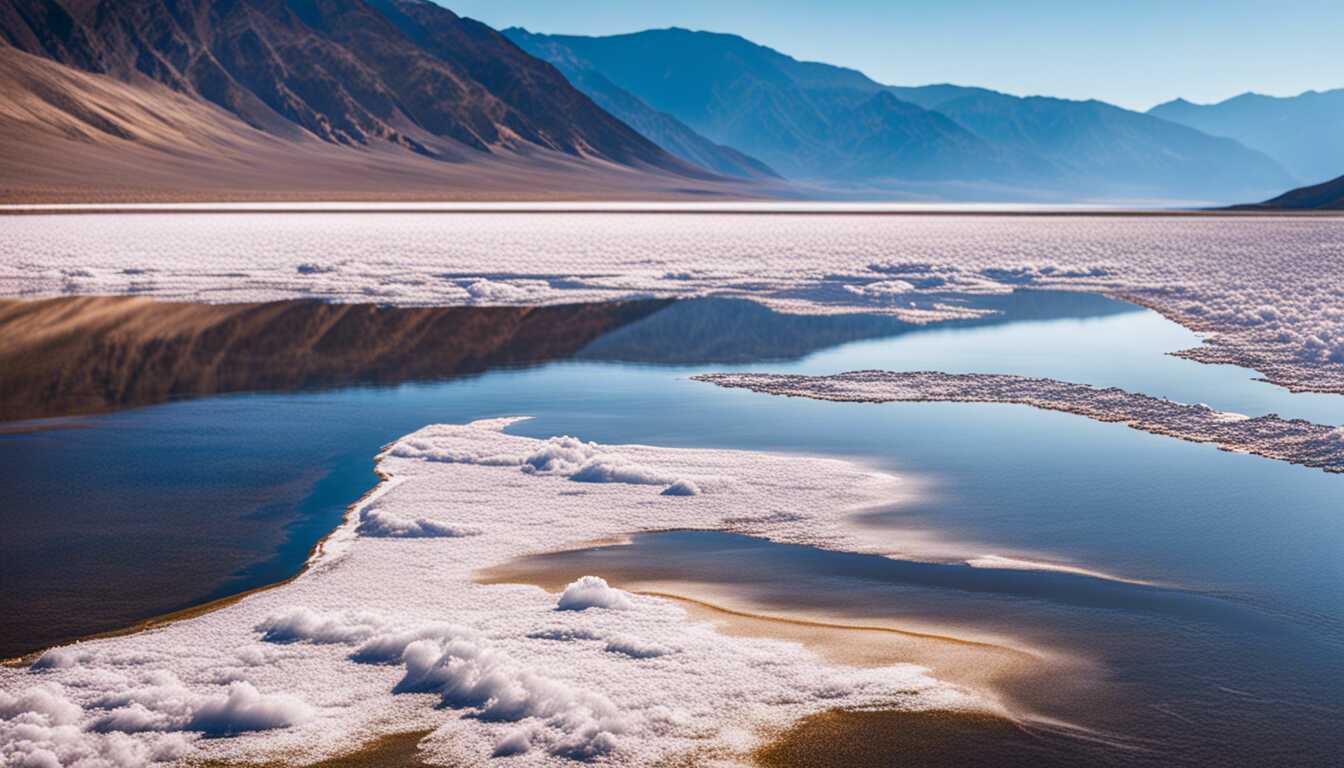
Death Valley's Rare Lake Phenomenon: A Result of Unprecedented California Rainstorms

Recent Historic Rainstorms Transform Death Valley’s Badwater Basin
Recent historic rainstorms in California have led to an extraordinary and unexpected occurrence in the renowned Death Valley: the formation of a lake at the usually dry Badwater Basin. The lake, sustained by heavy rains and flash floods brought on by the remnants of Hurricane Hilary, has surprised park officials and visitors alike.
Unprecedented Rainfall and Prolonged Existence
Death Valley, typically receiving only around 2 inches of rain annually, experienced nearly 5 inches over the past six months due to the impact of Hurricane Hilary and subsequent atmospheric river events. The substantial rainfall, including a remarkable 2.2 inches in a single day during the storm, not only caused flooding and infrastructure damage but also led to the creation of a temporary lake at Badwater Basin, stretching for 7 miles in length, 4 miles in width, and two feet deep.
An Unusual and Rare Phenomenon
The formation of a lake at Badwater Basin is a rare occurrence, as the basin itself is a remnant of a former inland lake called Lake Manly, which dried up around 10,000 years ago. The recent rainstorms and uncharacteristically cooler temperatures have allowed the lake to persist longer than expected, defying the area's norm.
Environmental and Historical Significance
The prolonged presence of the lake has piqued the interest of park officials and visitors, offering a rare opportunity to witness a natural phenomenon within the park's unique landscape. Combining the park's historical significance, extreme climate, and geological features, the presence of a lake at Death Valley is an event of particular interest and importance, showcasing the dynamic and ever-changing nature of this iconic national park.
As the lake at Badwater Basin continues to captivate with its unexpected presence, it serves as a reminder of the powerful and transformative impact of nature, highlighting the remarkable resilience and surprising adaptability of even the most arid and extreme environments.
Share news















